�
This page intentionally left blank
C++ DESIGN PATTERNS AND DERIVATIVES PRICING
2nd edition
Design patterns are the cutting-edge paradigm for programming in object-oriented lan-
guages. Here they are discussed in the context of implementing financial models in C++.
Assuming only a basic knowledge of C++ and mathematical finance, the reader is taught
how to produce well-designed, structured, reusable code via concrete examples.
This new edition includes several new chapters describing how to increase robustness
in the presence of exceptions, how to design a generic factory, how to interface C++
with EXCEL, and how to improve code design using the idea of decoupling. Complete
ANSI/ISO compatible C++ source code is hosted on an accompanying website for the
reader to study in detail, and reuse as they see fit.
A good understanding of C++ design is a necessity for working financial mathemati-
cian; this book provides a thorough introduction to the topic.
�
Mathematics, Finance and Risk
Editorial Board
Mark Broadie, Graduate School of Business, Columbia University
Sam Howison, Mathematical Institute, University of Oxford
Neil Johnson, Centre for Computational Finance, University of Oxford
George Papanicolaou, Department of Mathematics, Stanford University
�
C++ DESIGN PATTERNS AN D
DERIVATIVES PRICING
M. S. J O S H I
University of Melbourne
�
CAMBRIDGE UNIVERSITY PRESS
Cambridge, New York, Melbourne, Madrid, Cape Town, Singapore, São Paulo
Cambridge University Press
The Edinburgh Building, Cambridge CB2 8RU, UK
Published in the United States of America by Cambridge University Press, New York
www.cambridge.org
Information on this title: www.cambridge.org/9780521721622
© M. S. Joshi 2008
This publication is in copyright. Subject to statutory exception and to the provision of
relevant collective licensing agreements, no reproduction of any part may take place
without the written permission of Cambridge University Press.
First published in print format
2008
ISBN-13 978-0-511-39693-9
eBook (NetLibrary)
ISBN-13 978-0-521-72162-2
paperback
Cambridge University Press has no responsibility for the persistence or accuracy of urls
for external or third-party internet websites referred to in this publication, and does not
guarantee that any content on such websites is, or will remain, accurate or appropriate.
�
To Jane
�
�
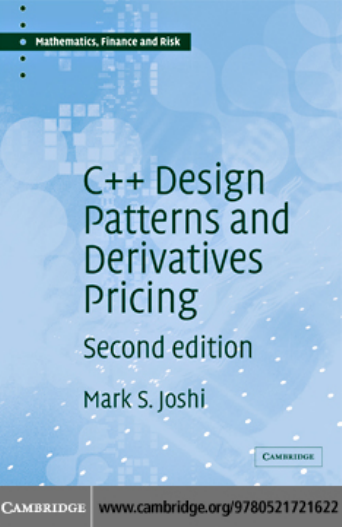

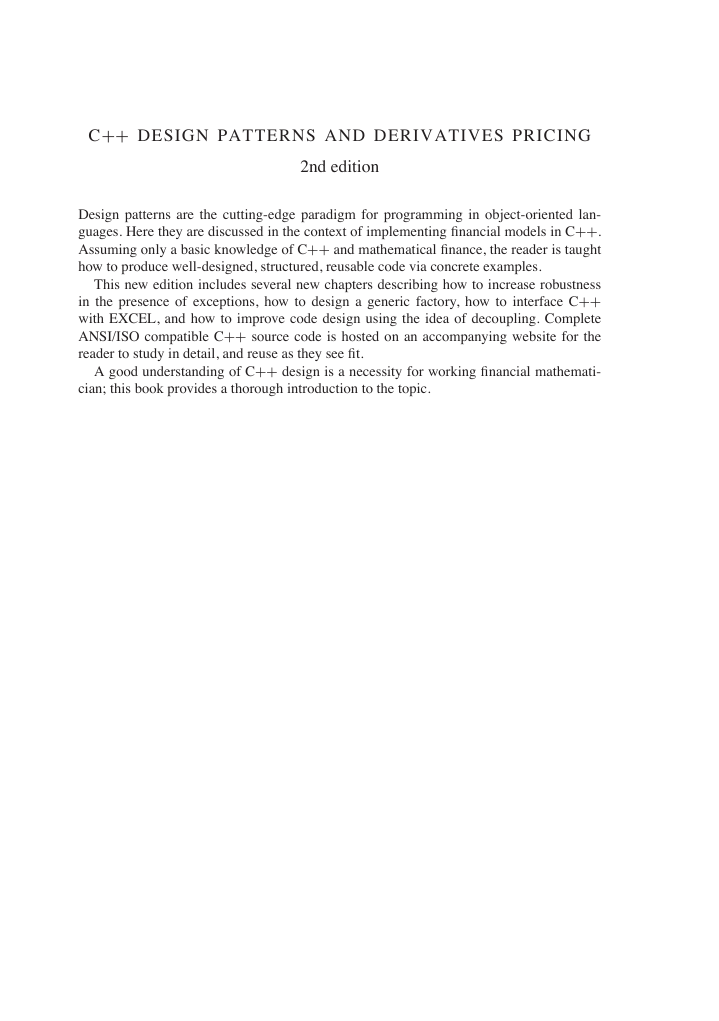
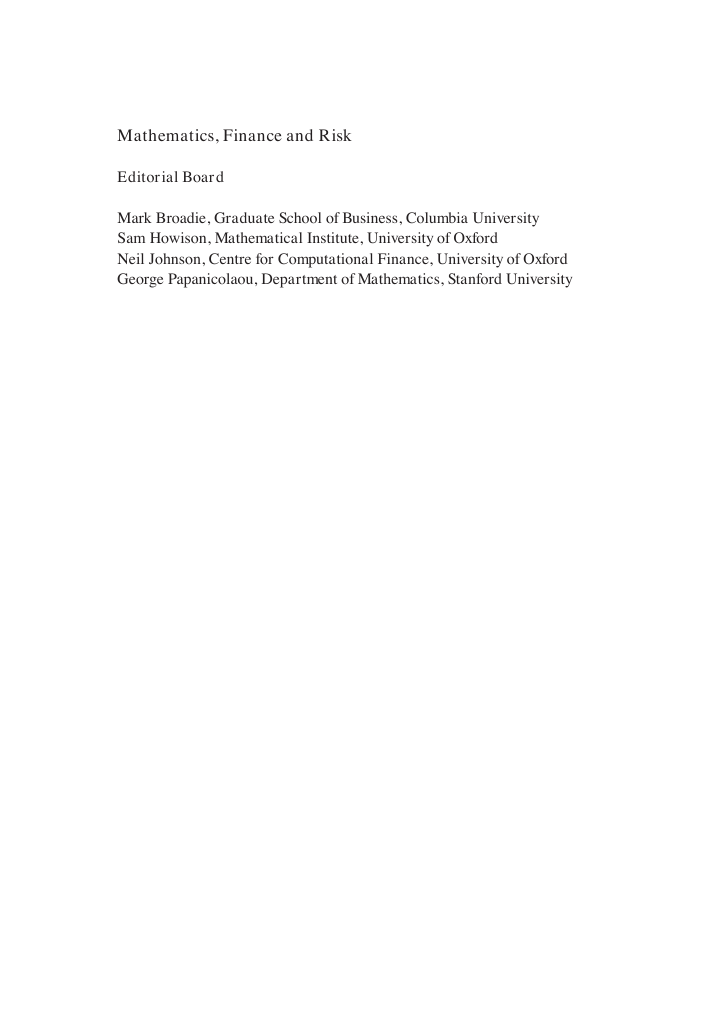

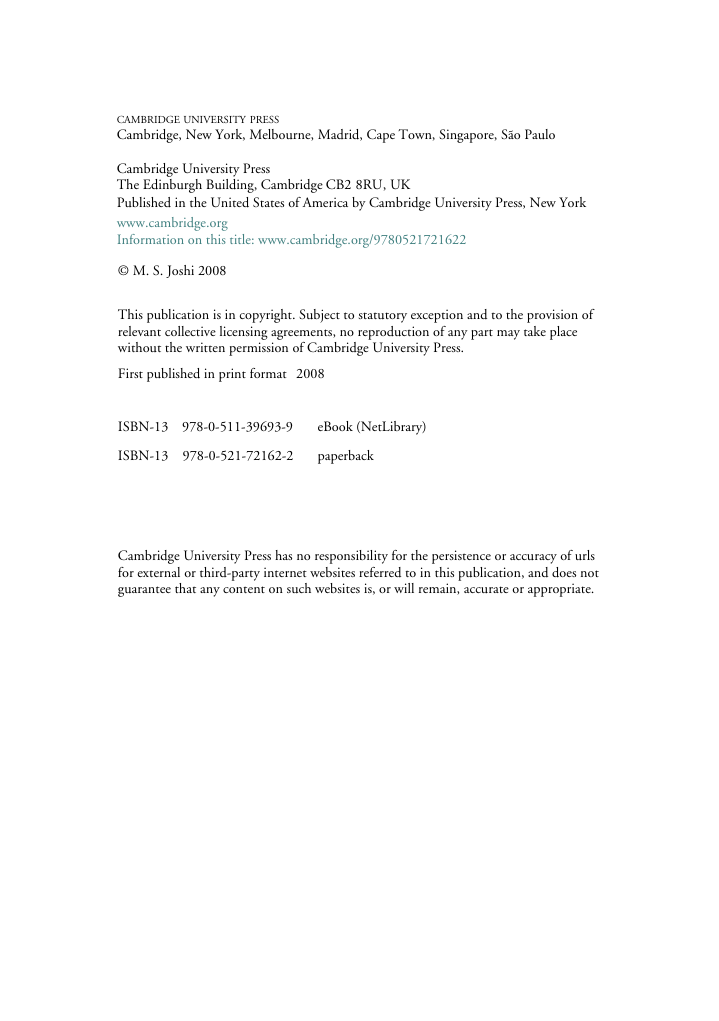
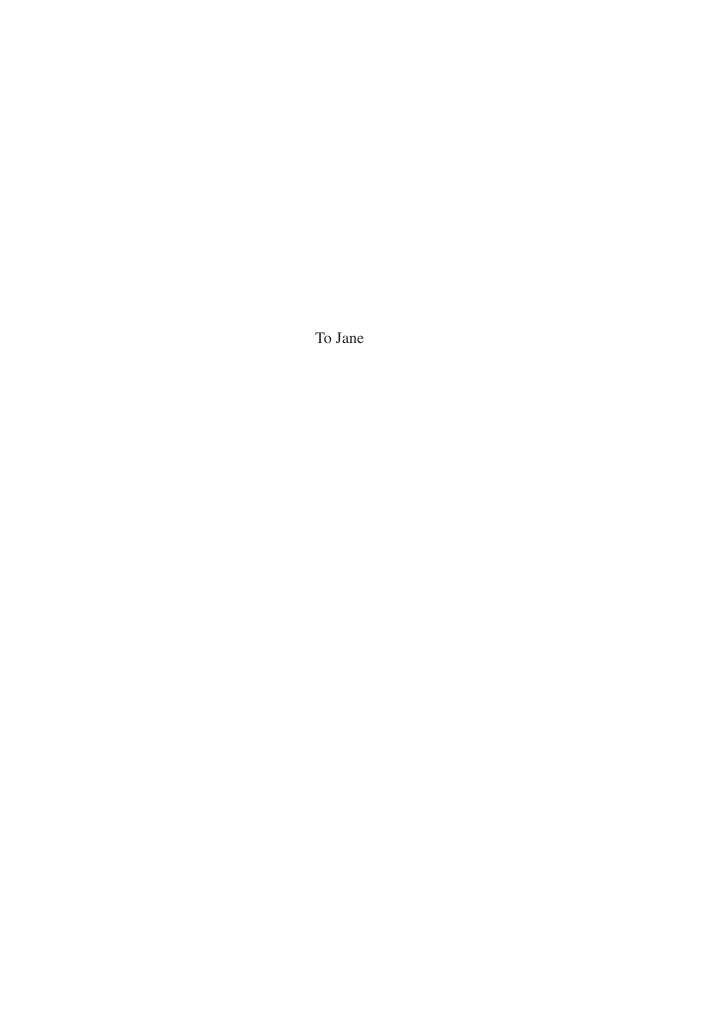









 2023年江西萍乡中考道德与法治真题及答案.doc
2023年江西萍乡中考道德与法治真题及答案.doc 2012年重庆南川中考生物真题及答案.doc
2012年重庆南川中考生物真题及答案.doc 2013年江西师范大学地理学综合及文艺理论基础考研真题.doc
2013年江西师范大学地理学综合及文艺理论基础考研真题.doc 2020年四川甘孜小升初语文真题及答案I卷.doc
2020年四川甘孜小升初语文真题及答案I卷.doc 2020年注册岩土工程师专业基础考试真题及答案.doc
2020年注册岩土工程师专业基础考试真题及答案.doc 2023-2024学年福建省厦门市九年级上学期数学月考试题及答案.doc
2023-2024学年福建省厦门市九年级上学期数学月考试题及答案.doc 2021-2022学年辽宁省沈阳市大东区九年级上学期语文期末试题及答案.doc
2021-2022学年辽宁省沈阳市大东区九年级上学期语文期末试题及答案.doc 2022-2023学年北京东城区初三第一学期物理期末试卷及答案.doc
2022-2023学年北京东城区初三第一学期物理期末试卷及答案.doc 2018上半年江西教师资格初中地理学科知识与教学能力真题及答案.doc
2018上半年江西教师资格初中地理学科知识与教学能力真题及答案.doc 2012年河北国家公务员申论考试真题及答案-省级.doc
2012年河北国家公务员申论考试真题及答案-省级.doc 2020-2021学年江苏省扬州市江都区邵樊片九年级上学期数学第一次质量检测试题及答案.doc
2020-2021学年江苏省扬州市江都区邵樊片九年级上学期数学第一次质量检测试题及答案.doc 2022下半年黑龙江教师资格证中学综合素质真题及答案.doc
2022下半年黑龙江教师资格证中学综合素质真题及答案.doc